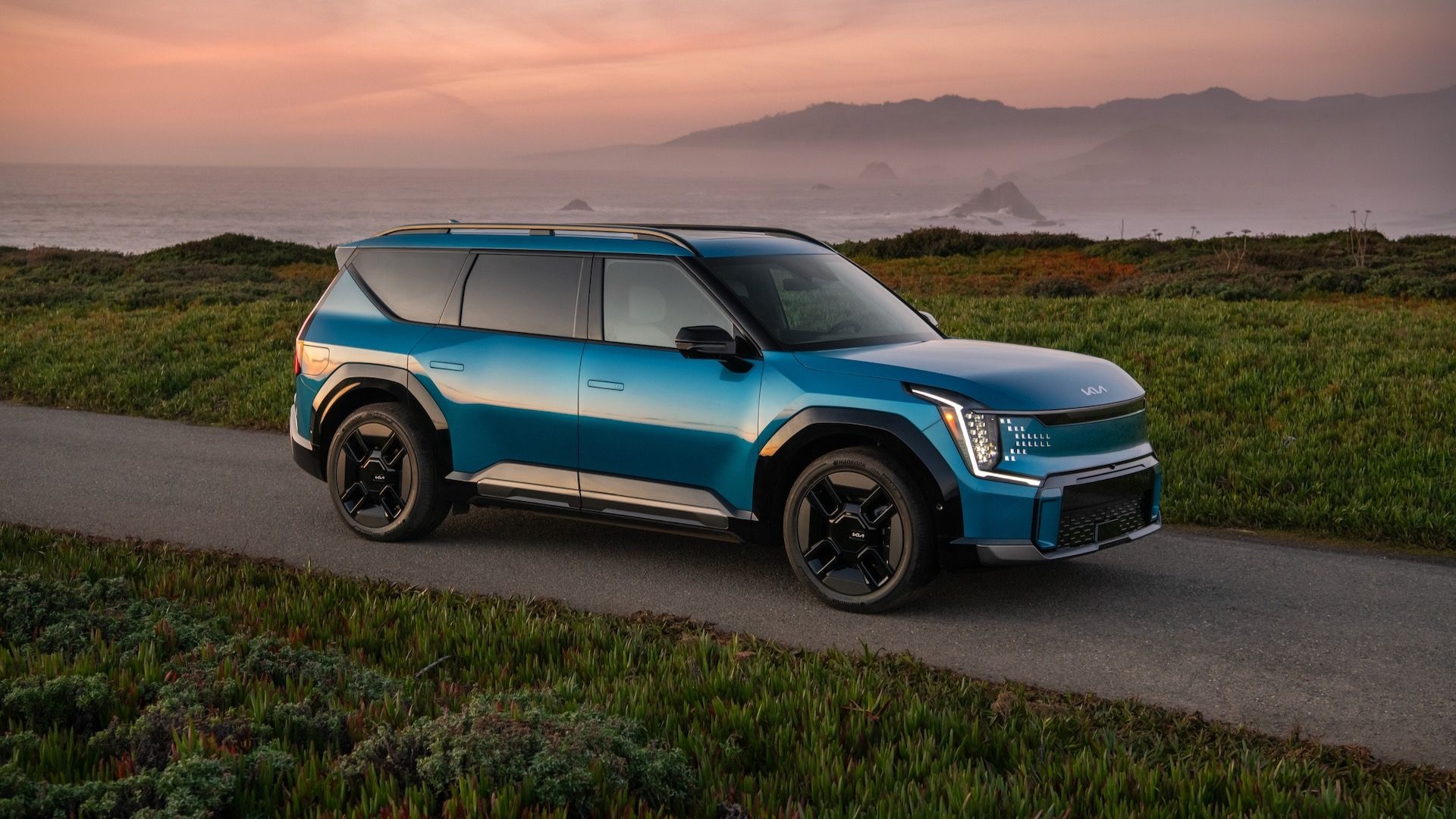The European Union on Wednesday proposed tougher emissions targets that would effectively end sales of new gasoline and diesel cars from 2035, Reuters reported.
The proposal calls for a 55% cut in emissions from 2021 levels by 2030, and a 100% cut by 2035, which would be unachievable with continued sales of internal-combustion cars.
It's much more aggressive than the 37.5% emissions reduction by 2030 previously proposed, but would need to be approved by all 27 EU member nations before implementation.
The EU also proposed legislation that would require countries to install charging stations no more than 60 kilometers (37.3 miles) apart on major roads by 2025.

Renault eWays ElectroPop presentation
The proposal would also allow plug-in hybrids to be counted as "low-emission vehicles" until 2030. This follows a previous report indicating European regulators were looking to phase out plug-in hybrids as a favored solution within the next few years.
This comes after a number of reports indicated plug-in hybrids are polluting more in real-world use than test results would indicate. The actual emissions of a plug-in hybrid are dependent on how often it's plugged in, which is a problem if owners decide not to do that.
The propsal reflects how dramatically the EU auto industry and regulatory environment has changed in just a few years. As recently as 2017, auto-industry lobbyists were widely seen as winning in achieving only modestly-tighter emissions rules, while EVs were looking bound for success only in a handful of wealthier EU nations.
The United States has no national plan to end sales of new internal-combustion cars, but California is moving toward that goal. Last September, an executive order from governor Gavin Newsom set 2035 as a goal, but a more fleshed-out version of the plan only calls for 80% electric cars by that time, with 50-mile plug-in hybrids making up the balance of new-car sales.












